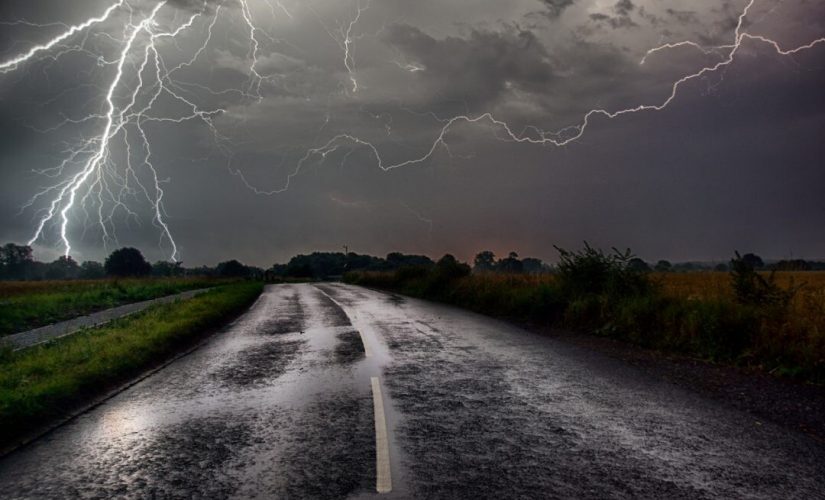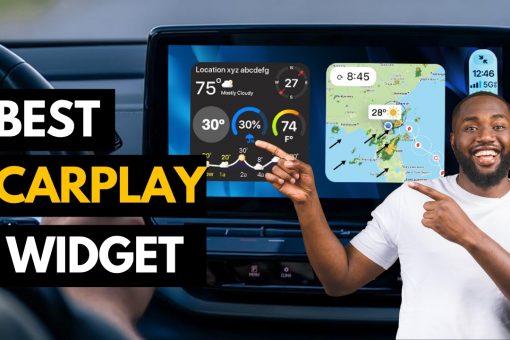Summer storms are typical of the month of June and proof of this are the rains and hail that are falling in much of Spain these days.
What to do if one of these storms catches us when we are driving? If it is possible to do it safely, the first and safest option is to stop -on a service road for example- and wait for it to subside. If you can’t, the essential thing is to stay calm, drive slowly and smoothly.
Recommendations for driving in heavy rain
During a storm, visibility is greatly reduced, so it is essential to have your lights on and be seen. In this sense, the General Traffic Regulations clearly establish that in very heavy rain conditions both the front and rear fog lights must be switched on.
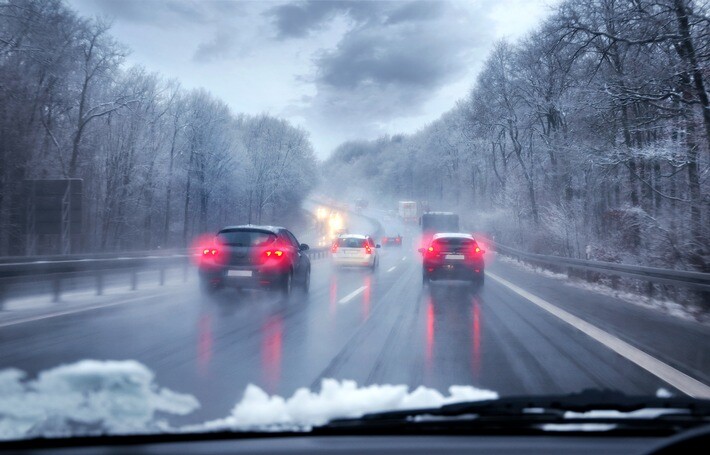
On a wet road, it is best to drive more distance than usual with other vehicles to avoid collisions. And be very careful with long braking: they will make the vehicle slip, especially when cornering. When braking, it is best to do it little by little instead of pressing the pedal fully.
Beware of thunderstorms: what if you get struck by lightning while driving?
According to official data from AEMET, Spain receives an average of 1,300,000 lightning strikes annually and a large part of them occur between the summer months, from June to September. Is it safe to drive in a thunderstorm? What if I get struck by lightning? Nothing happens, the car is a safe place to protect yourself.
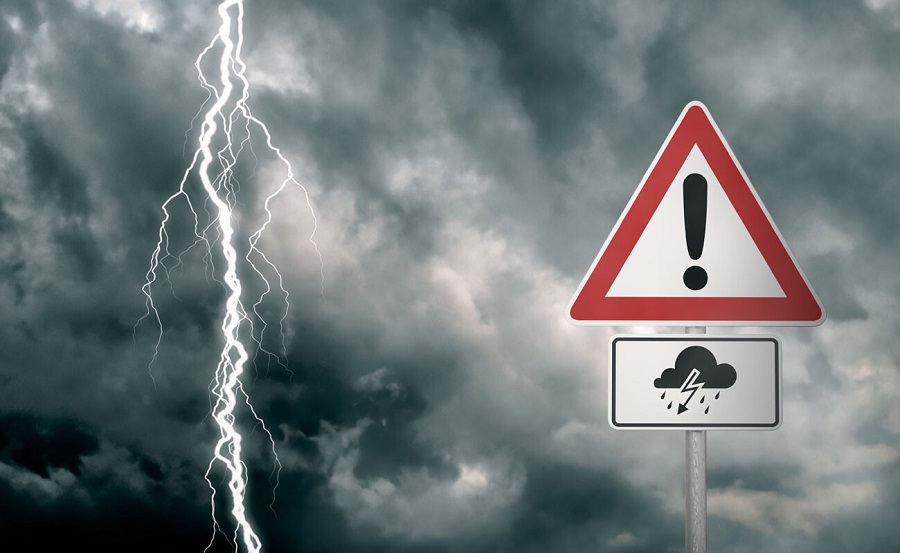
Due to their composition, the wheels isolate the car from the asphalt, so the current will not find a place in the vehicle to reach the ground. Second, the vehicle body is a conductor of electrical current. If we are so unlucky that lightning strikes us, the electrical charge will be distributed throughout the metal surface but will not be able to penetrate inside: it is what is known as the Faraday Cage.
By not touching the metal parts of the body, passengers will be safe. Of course, that the occupants are not damaged does not mean that the car is free from damage since elements such as the onboard electronics will be affected.
Tips for driving safely in a hail
Hailstorms are not linked to a specific season and are highly unpredictable, but what is certain is that if they catch us by surprise while we are driving they are a danger. The positive part (there always is) is that hailstorms generally don’t last too long.
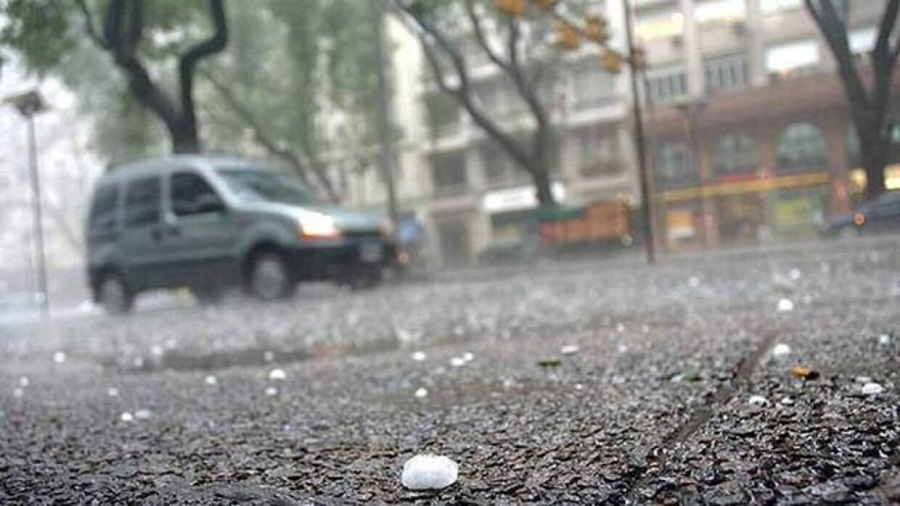
If we cannot stop until it passes, the key is to stay calm and follow practically the same precautions as when we have to drive in heavy rain. Mainly: take your foot off the gas, make yourself seen and handle the steering wheel very delicately.
Driving on a road full of hail will cause the car to lose grip with respect to the road surface, so braking must be very careful. In other words, do it as progressively as possible and avoid braking when cornering. In addition, although sometimes it is complicated, we must avoid being distracted by the deafening sound caused by hail in the car.
Prevention is always better than cure: keep the car ready
The appropriate thing is that you always have the car ready for what may happen. It is already known: prevention is always better than cure. In the event of heavy rain or hailstorms, it is essential to have the lights in good condition and well regulated, for your safety and that of other drivers.
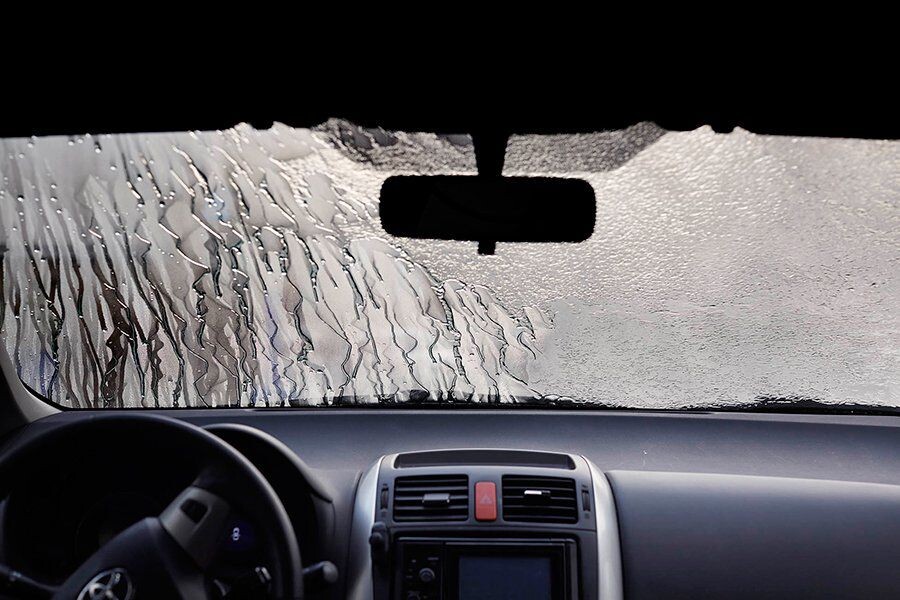
It is also essential that the tires are in good condition and with the correct pressures according to the manufacturer. Worn tires will do a disservice to the driver in all circumstances, but more seriously in situations with low road grip, as they will not respond properly and can easily cause you to lose control of the vehicle.
Last but not least: you must not forget to change the wiper blades periodically. If the rubber is worn or cracked, it will not properly sweep the moon, and removing the water will be a more difficult task. If this happens when driving in a heavy storm and the water is not properly dislodged, visibility will be practically nil.

